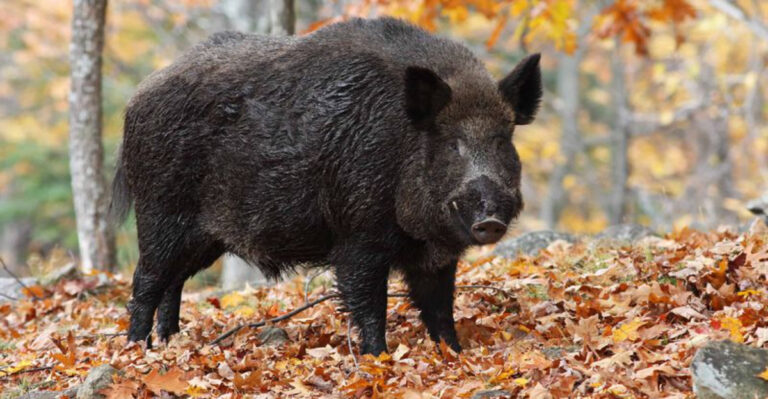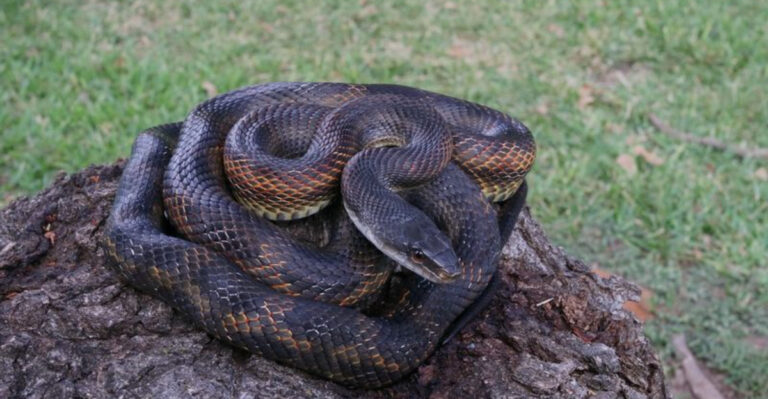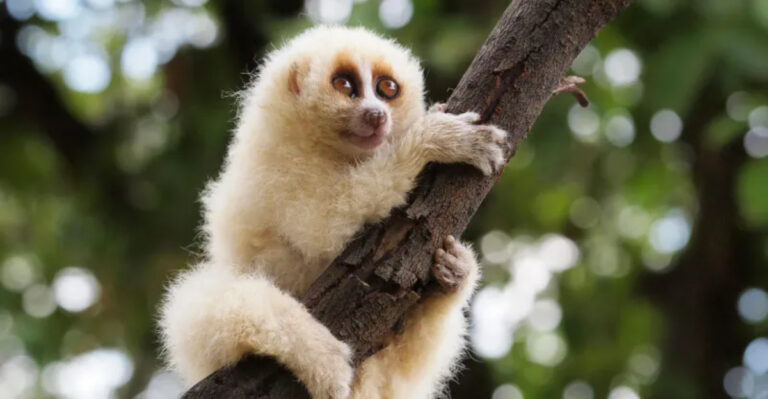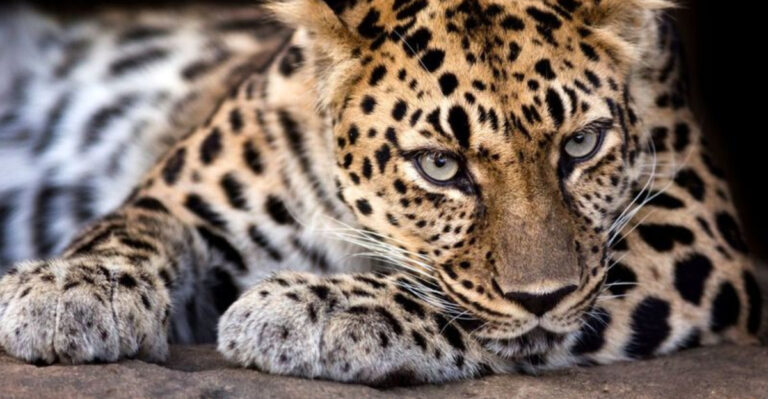13 Dangerous U.S. Animals And How To Stay Safe
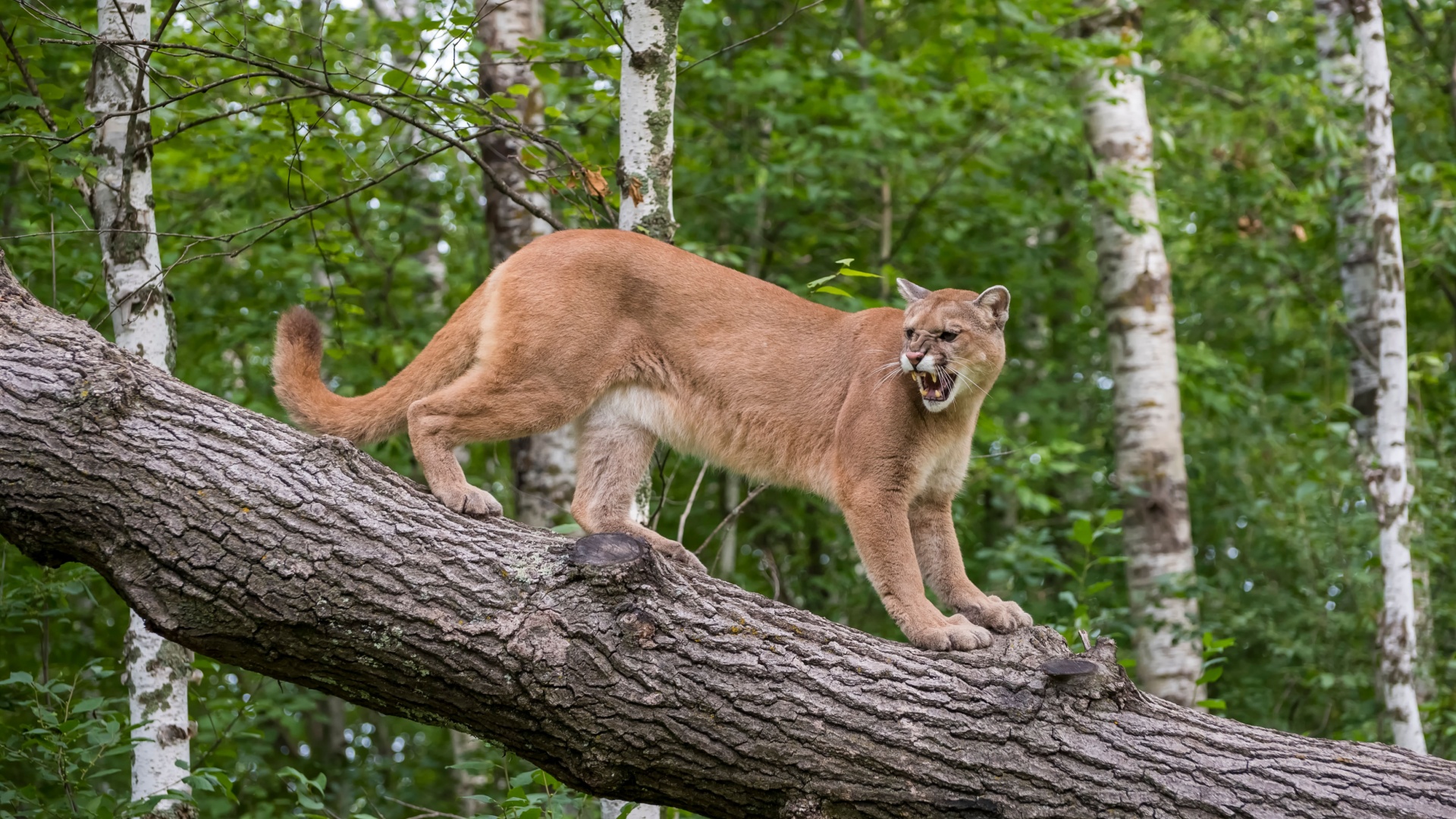
The United States is home to a wide variety of wildlife, some of which can be dangerous to humans. Whether you’re hiking in the woods, swimming in the ocean, or simply enjoying nature, it’s important to know which animals to be cautious around.
Understanding their behaviors and how to stay safe in their presence can make all the difference in avoiding harm. Here are some of the most dangerous wild animals in the U.S. and tips on how to protect yourself.
1. Black Bear
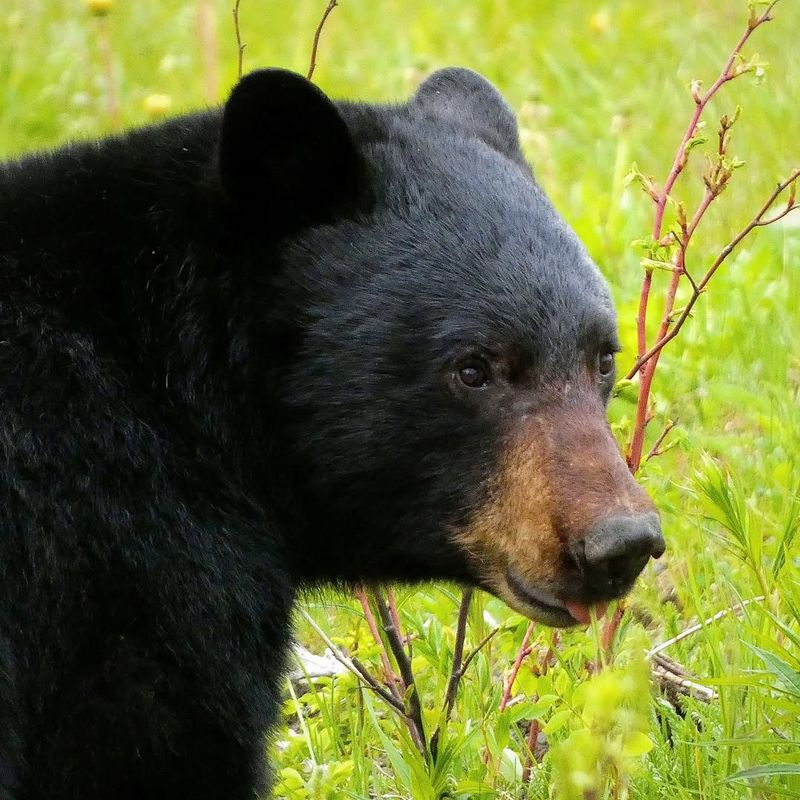
Black bears roam through many U.S. forests, appearing both cuddly and fearsome. They may look like oversized teddy bears, but don’t be fooled – they can be dangerous if threatened.
If you encounter one, make yourself appear larger and speak in a calm voice. Never run; they may chase. Instead, back away slowly and avoid direct eye contact.
Keep your food secured and don’t leave trash around your campsite, as their noses are as sharp as their claws.
2. Moose
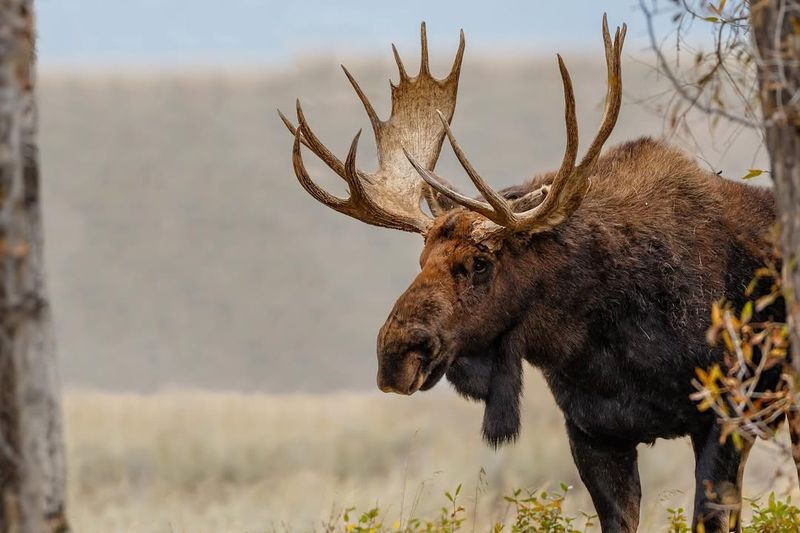
If you spot one, stay quiet and move away slowly. They are especially irritable during mating season, so give them a wide berth.
Avoid feeding them or getting too close for a photo op. Keep your dog on a leash, as moose can become aggressive if provoked by pets.
Their long legs might look awkward, but they’re surprisingly swift and won’t hesitate to charge if they feel threatened.
3. Wolves
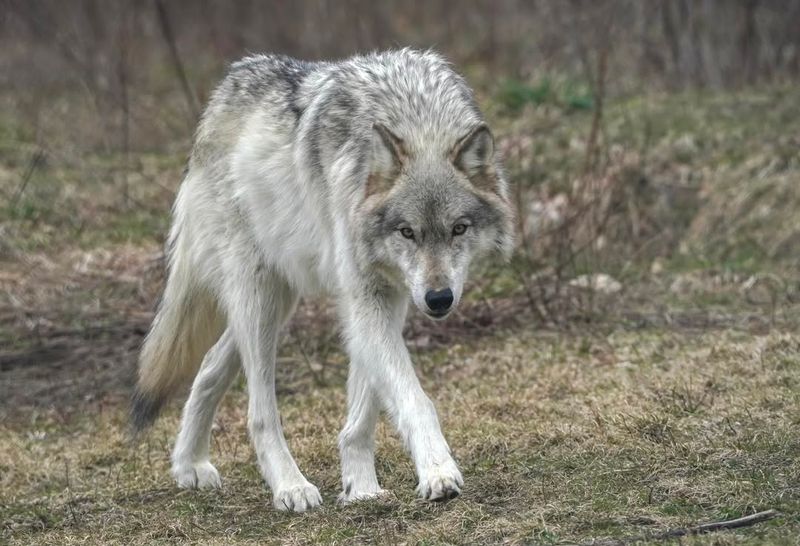
Wolves are majestic creatures of the wild, known for their strong pack dynamics. While they generally avoid humans, you should still exercise caution if you encounter one.
Maintain eye contact and make noise to appear intimidating. Never approach or feed them, and ensure your pets are tethered.
Should they approach, back away slowly without turning your back, respecting their space and enjoying their beauty from a distance.
4. Brown Recluse Spider
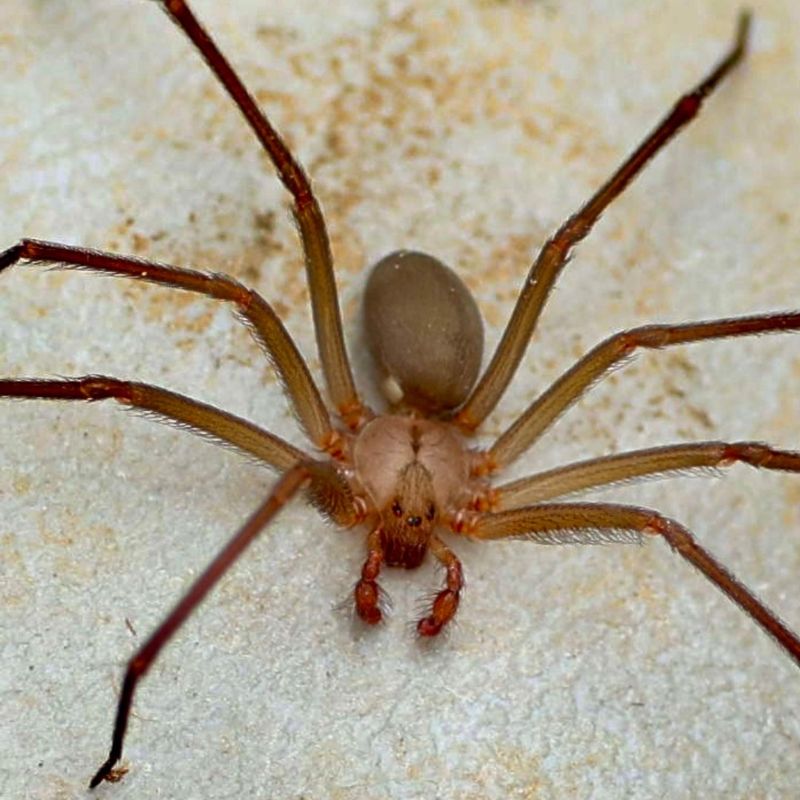
Found mostly in the Midwest, brown recluse spiders like hiding in dark corners and under piles of clothes. Wear gloves when reaching into unknown places and shake out shoes before putting them on.
If bitten, seek medical attention promptly as their venom can cause nasty skin reactions.
Keep clutter to a minimum to reduce hiding spots, and remember, they’re not aggressive – they’re just reclusive.
5. American Bison
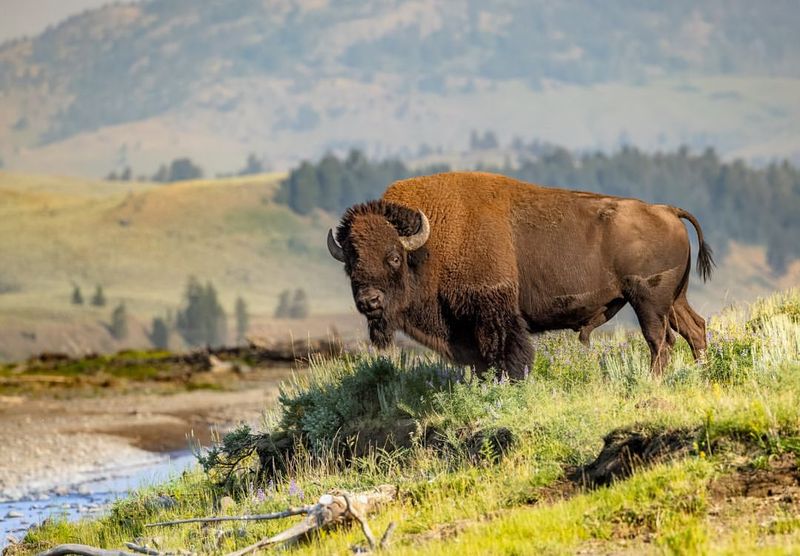
The American bison is a symbol of the wild frontier, yet these massive creatures can be downright dangerous if provoked. Admire them from afar and give them plenty of space, especially during calving season.
Approach them no closer than the length of a football field – they may look lazy, but they can sprint faster than you might think. Avoid loud noises or sudden movements that could startle them.
Remember, while they look like placid grazers, they’re actually powerhouses wrapped in fur.
6. Coyotes
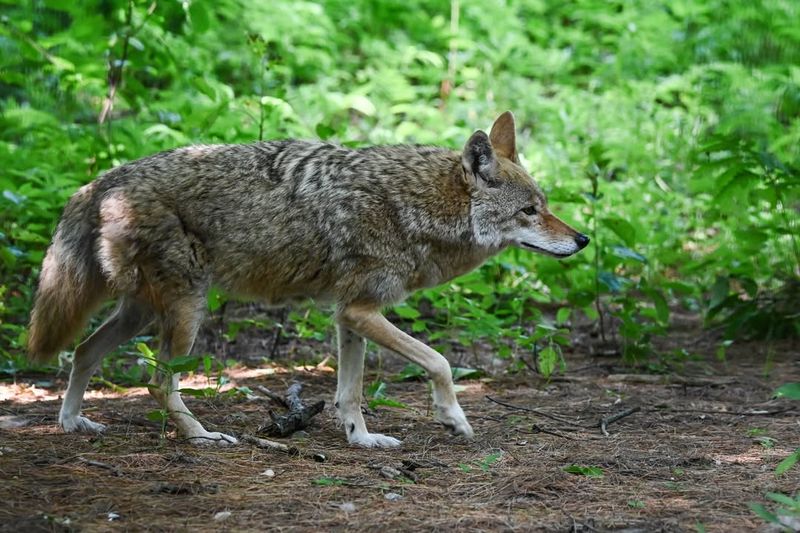
Known for their adaptability, coyotes are often found in urban environments, leading to frequent encounters with humans.
To stay safe, it’s important to secure trash and pet food, as these clever scavengers are always seeking easy meals. If you come across one, make yourself appear larger and make noise to drive it away.
Keep pets indoors at night, as coyotes tend to be most active during these hours. Despite their dog-like appearance, coyotes can be bold and dangerous, especially when food is readily available.
7. Wild Boars
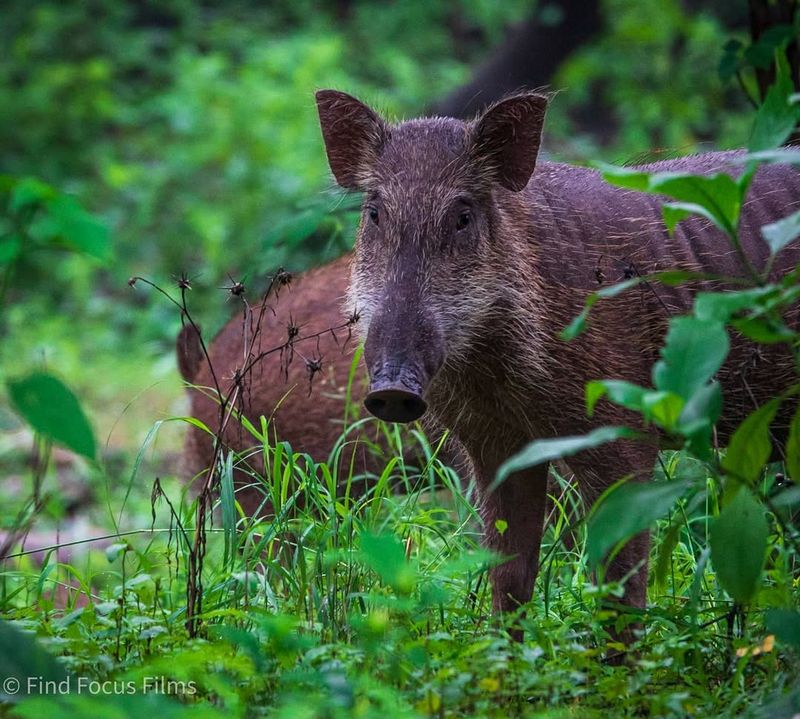
Wild boars are not only a pest for farmers but can also pose danger with their aggressive nature. If you encounter one, avoid sudden movements and retreat slowly.
They’re known for charging when threatened, so climb a tree if necessary. Secure your food, as their noses can lead them to tasty treats.
Maintain a safe distance and admire them from afar – preferably from the safety of your vehicle.
8. Grizzly Bear
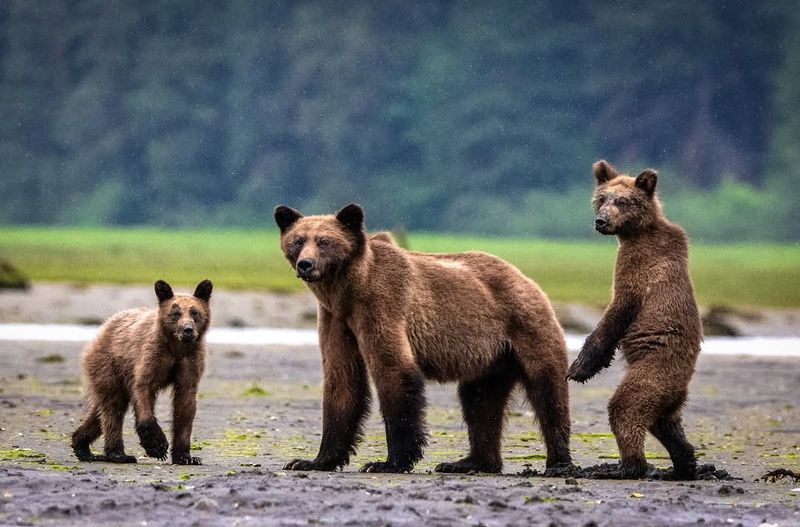
In the wild, grizzly bears stand as giants, known for their immense strength and natural curiosity. Should you come across one, avoid running or attempting to climb, as these bears are faster and better climbers than most people realize.
It’s crucial to make noise to announce your presence, and carrying bear spray is a smart precaution. Store food in bear-proof containers and ensure your campsite is thoroughly cleaned to avoid attracting them.
Grizzlies are not typically aggressive; they’re simply searching for food, so respect their space and give them plenty of room.
9. Elk
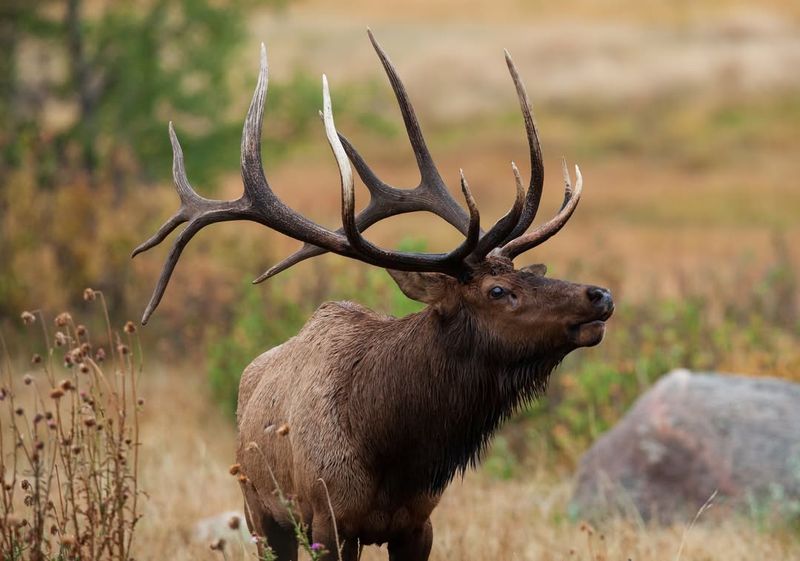
Elk are often seen as the serene princes of the forest, but approach them with caution during rutting season. Males become territorial and can charge unexpectedly. Keep your distance and watch quietly from afar.
They might appear docile, but those antlers are not just for show. Avoid imitating their calls, as this could provoke aggression.
If you find yourself too close, back away slowly and give them plenty of room.
10. Alligator
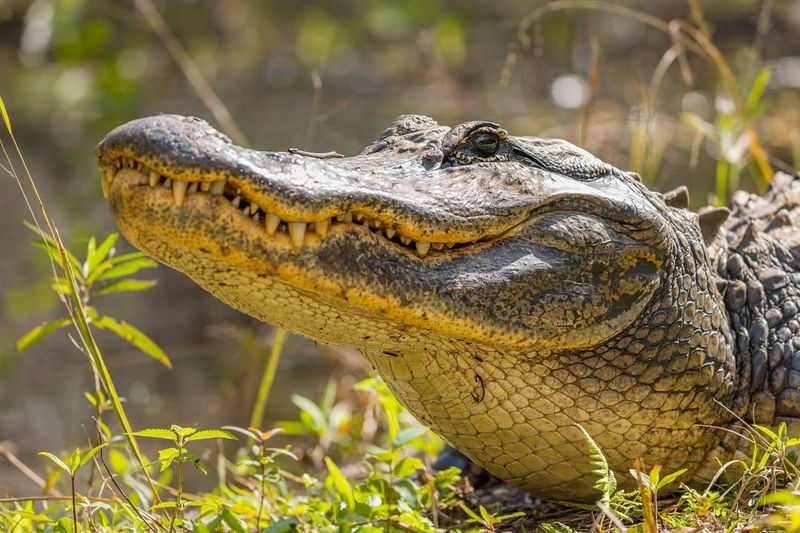
Alligators are the toothy kings of southern swamps, known for their lethargic sunbathing and sudden bursts of speed. If you see one, maintain a safe distance – about 60 to 90 feet.
Never feed them, as this encourages dangerous behavior. They may look lazy, but they can sprint towards prey with alarming quickness.
Be cautious near water’s edge and never swim in areas where they’re known to lurk. Remember, while they seem like dinosaurs of a bygone era, they’re very much alive and kicking.
11. Great White Shark
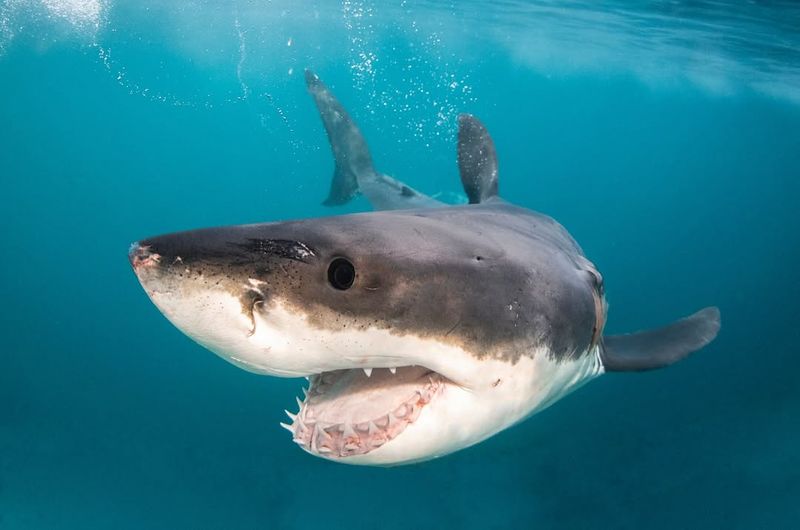
As apex predators of the ocean, great white sharks patrol the coastal waters of the U.S. To stay safe, swim in groups and avoid wearing shiny swimwear that could resemble fish scales.
Stick to shallow waters and keep your distance from seals, which are a common food source for these sharks. If you encounter one, remain calm and swim steadily back to shore without splashing.
While they may seem intimidating, great whites are simply curious about their surroundings, so respect their space and enjoy the ocean responsibly.
12. Mountain Lions
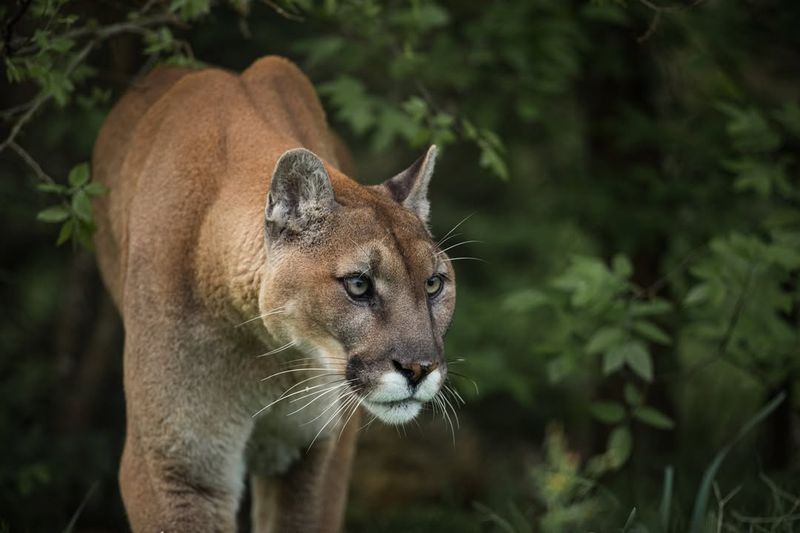
Mountain lions are elusive predators that roam the western U.S., known for their stealth and solitary nature. If you encounter one, maintain eye contact and make yourself appear larger.
Speak firmly and back away slowly, never turning your back. Avoid hiking alone, especially at dawn or dusk, as these cats prefer the cover of low light.
While they might seem like oversized house cats, they’re much more formidable in the wild.
13. Rattlesnakes
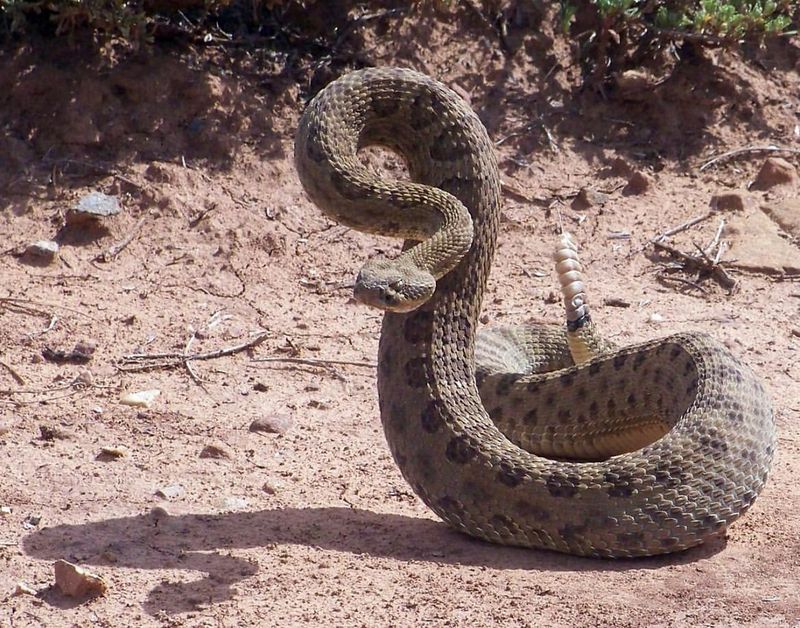
Rattlesnakes, the original rattlers of the animal kingdom, are more scared of you than you are of them. When hiking, stick to well-worn paths and listen for their telltale rattle.
Wear boots and long pants to protect against bites. If you spot one, stay still until it slithers away, or back away slowly.
Don’t try to handle or provoke them – they have a reputation for a reason. In the event of a bite, seek medical help immediately.

